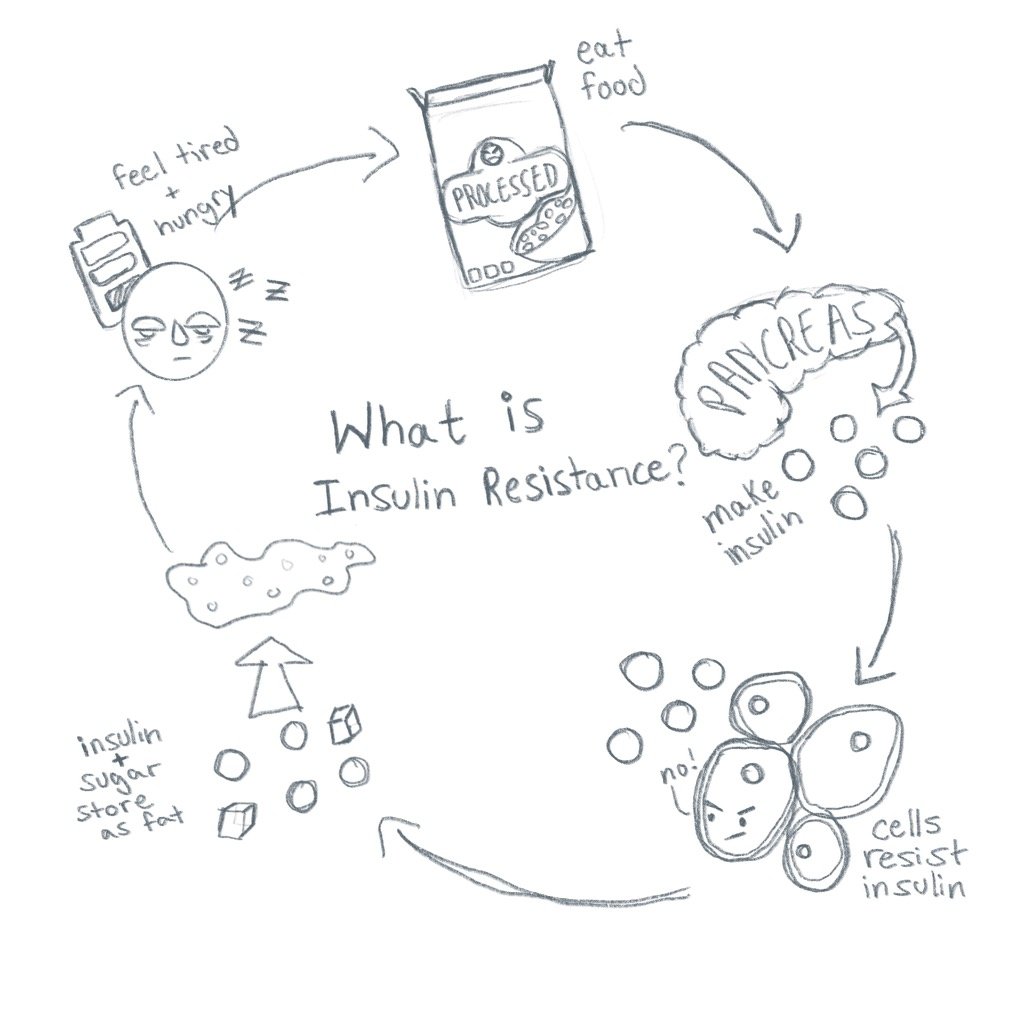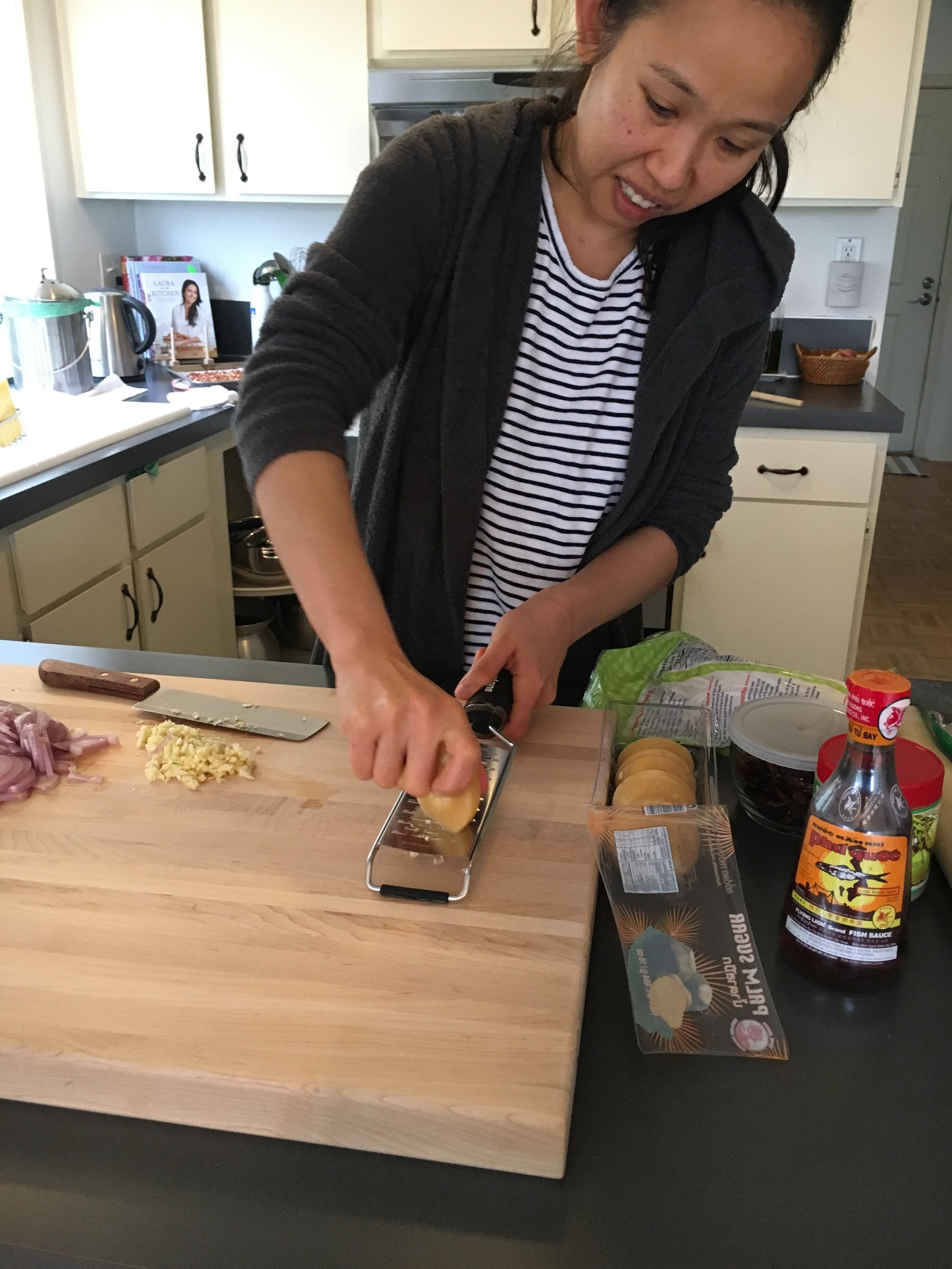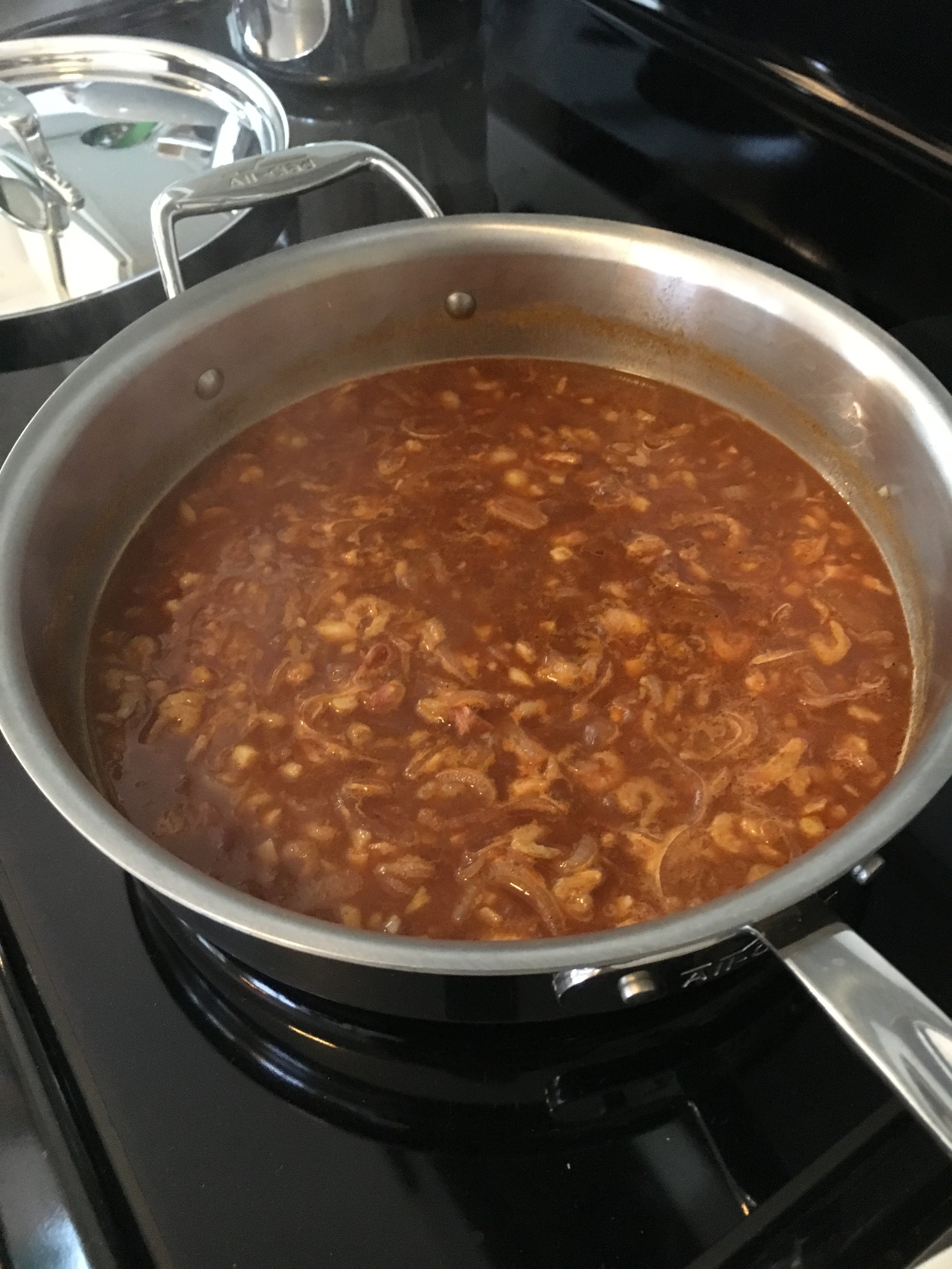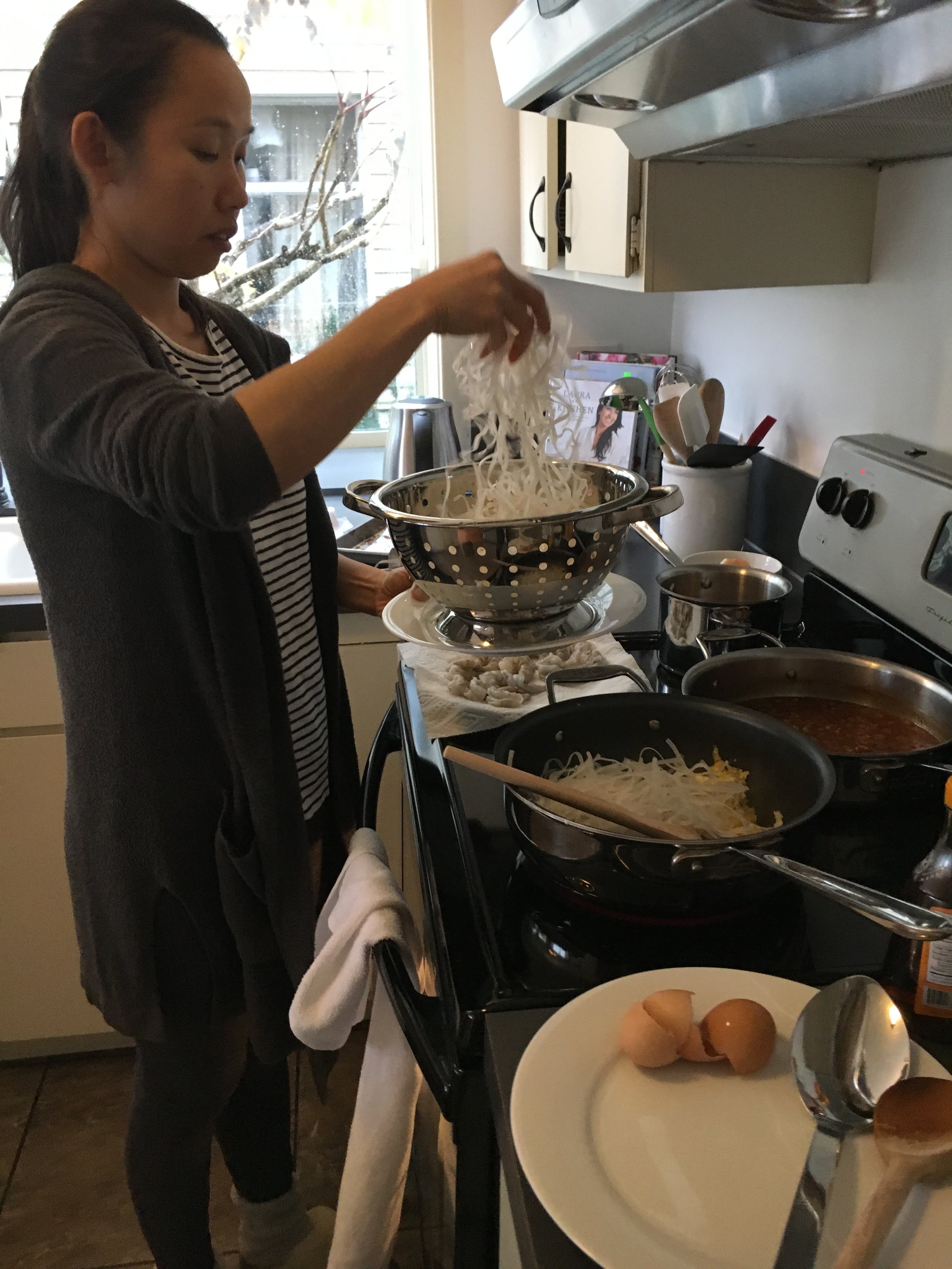What if the “things” that are supposed to nourish us and give us fuel for our day are actually making us sick? Metabolic diseases are the leading cause of death in the US. Heart disease and cancer are 1 and 2 on the list, and for the most part, these are completely preventable. This is where the biggest misconception lies, we can, to a great extent, prevent cancer and heart disease through nutrition and exercise.
As a personal trainer, I meet people everyday who want to lose weight and build muscle through exercise. Nutrition plays just as big a role in this process as exercise, if not larger. Exercise and building muscle in particular facilitate glucose uptake into the muscles and helps our bodies use the carbohydrate we consume rather than storing it as fat. This process of using glucose for energy is typically the process that is interrupted in individuals, struggling with weight gain. We need to be able to use fat and not just carbohydrate as an energy source. Overconsumption and a diet rich in ultra-processed foods (combined with too little physical activity or too little lean muscle mass) cause this disruption in our energy cycle, and later metabolic disease. Most individuals that have this disruption in their energy cycle, insulin resistance, are not even aware of it. Some symptoms of this are: not being able to go a few hours in between meals without crashing, fatigue, cravings, and feeling tired after eating.
So how do we take control of our health and change this cycle to prevent disease? On the nutritional side of the equation, we change what we put into our bodies in two fundamental ways: eliminate food-like substances (ultra-processed food) from our diets, and integrate whole, nutrient-dense food into our diets. And, on the exercise side of the equation, we increase the time spent doing physical activity: move more often, and decrease our time spent being sedentary.
Everything, I stated above might be obvious to most, and not at all revolutionary. The challenge, however, becomes how to make the necessary changes in one’s everyday life. We are busy: we don’t have time to make these changes; and we want fast and easy solutions. However, our health should take precedence over everything else. If we are sick, diagnosed with cancer, or have a heart attack, life changes really fast. All of those other things we are focusing on, at that point, don’t matter as much. So why not prevent this first, by slowly changing our lifestyle habits? As a bonus, we might just have more energy, feel better, have less injuries and aches and pains, eliminate medications, get sick less, sleep better, be more productive, and live healthier, longer lives.
So how do we accomplish all this? We start with small changes, and make bigger ones over time. And we do this with both nutrition and exercise.
Nutrition:
Decrease consumption of and/or eliminate liquid calories like alcohol, soda, diet soda, juice, sports drinks, flavored milks, and sugar-filled coffee and tea drinks.
Eat mostly whole foods and decrease those “ultra-processed foods.” If there is an ingredient listed that is not typically found in a common kitchen, it is considered “ultra-processed.” These atypical, non-food ingredients, are created to preserve shelf-life, improve the texture and taste of the food, and stimulate hunger. Most cereals, breads, chips, snack foods, and sweetened yogurts fall into this category. Even many canned sauces, beans, corn, and other foods can be ultra-processed when they contain added sugar, preservatives, and other non-food ingredients.
Eat more vegetables, and eat them first.
Eat meals, and not snacks in between. Doing so will reduce the amount of times your insulin spikes in a day.
Try time-restricted eating, intermittent fasting, and not eating late at night. Give your body time (2-3 hours is ideal) to digest before going to bed. The benefits of time-restricted eating include: cell efficiency is improved, repairs mitochondria, gut repair, burns visceral fat around organs, autophagy (destroys damaged cells), & stimulates ketosis (fat burning energy system).
Eat more protein and fiber-rich foods, and less simple carbohydrates. Natural carbs like fruits, starchy vegetables, legumes, and minimally processed, whole grains are the best sources of carbohydrates and stimulate a smaller glucose/insulin response in the body.
Avoid high fructose corn syrup, and anything with sugar in the ingredient list. Sugar can be disguised as: cane sugar, artificial sweetener, agave, sucrose, fructose, coconut sugar, barley malt syrup, honey, brown sugar, dextrose, evaporated cane juice, or dehydrated cane juice.
Avoid seed oils. These are super inflammatory to our bodies in large quantities and contain very high concentrations of omega 6 fatty acids (aka lineolic acid). Seed oils are: canola, sunflower, safflower, rice bran, soybean, grape seed, cottonseed, and soy oils. Check out the ingredient list in many of your packaged, canned, and boxed foods & plant milks, and you will be shocked to find how many seed oils (mainly soybean and sunflower) are hidden in our food.
Try to eat a large variety of foods that include lots of spices and color, as well as good healthy fats. Olive oil, avocado and avocado oil, nuts and seeds, and omega 3 rich fish.
Eat lots of probiotic and prebiotic rich foods everyday. This helps to heal and strengthen our microbiome. Examples include: unsweetened yogurts, krauts, kimchi, kefir, tempeh, garlic, onions/leeks, and leafy dandelion greens.
Exercise:
Activity is not exercise, and exercise is not activity. Both are good and we should do both daily. Think of activity as walking the dog, playing catch with your kid, or mowing the lawn. Exercise is a physical effort for a specific purpose of improving health and fitness. Aim to get both activity and exercise in your day.
Our goal should be to move our bodies as much as we can within our lifestyle limits but with the purpose of being healthier. Take the stairs. Walk to an appointment, or to the store. Or just walk after dinner in your neighborhood.
Try to get a variety of exercise in your weekly routine. Good examples include yoga/stretching, cardio, and strength training. Other examples might include, sports that interest you like golf, tennis, skiing, swimming, soccer, etc. Having different modes of exercise aids in injury prevention and combating boredom.
Ensure accountability by scheduling your exercise. Make plans with friends/coworkers/family to go for a walk/run or bike ride. Sign up for a class. Or simply put it in your calendar, and be specific with the goal of what you will accomplish in that timeframe. For example, complete a specific distance, or certain number of reps doing push-ups, sit-ups, or squats in a specific time.
Set an exercise goal. Sign up for a run/walk 5k that requires you to adhere to a training schedule to meet your goal; or choose a goal that motivates you to accomplish something within a specific timeframe.
Use technology to track your progress. Technology like an apple watch or heart rate monitor can be useful to track your steps and monitor your heart rate within your exercise efforts.
Pay close attention to breathing techniques while exercising. Use breath in cardio, strength, and stretching exercise to improve focus and mind-body connection. Breath exercise can help improve ventilation & respiratory muscles, reduce stress & anxiety, and improve digestion.
Balance training. This can be as simple as standing on one leg while brushing your teeth-or correcting muscle imbalances by using your non-dominant side in a single chair sit. Balance exercises play a large role in preventing falls and subsequent injury and are more important to focus on with increased age.
Utilize movement prep exercises prior to activity. Examples include- bands for stretching, foam rollers, and joint stability/mobility exercises. The rotator cuff and hips are a great example of joints that can benefit from these types of exercises.
Finally, find a mode of exercise that you enjoy and makes you feel good. You are more likely to adhere to a routine if it brings you happiness. Take pride in the accomplishment & the effort, and over time, the challenge that exercise provides will hopefully become something to look forward to each and every day.
Remember everyone has their own starting point. Prioritizing your health is the single best thing you can do for yourself. How you feel and how you perform can change your life. And if changing your lifestyle seems overwhelming, then break down the above strategies and check them off one at a time. Just start somewhere and involve others around you in this change, to create a healthier community of friends and family that will also provide encouragement and support.
Never regret a workout- Teresa Spraggins
